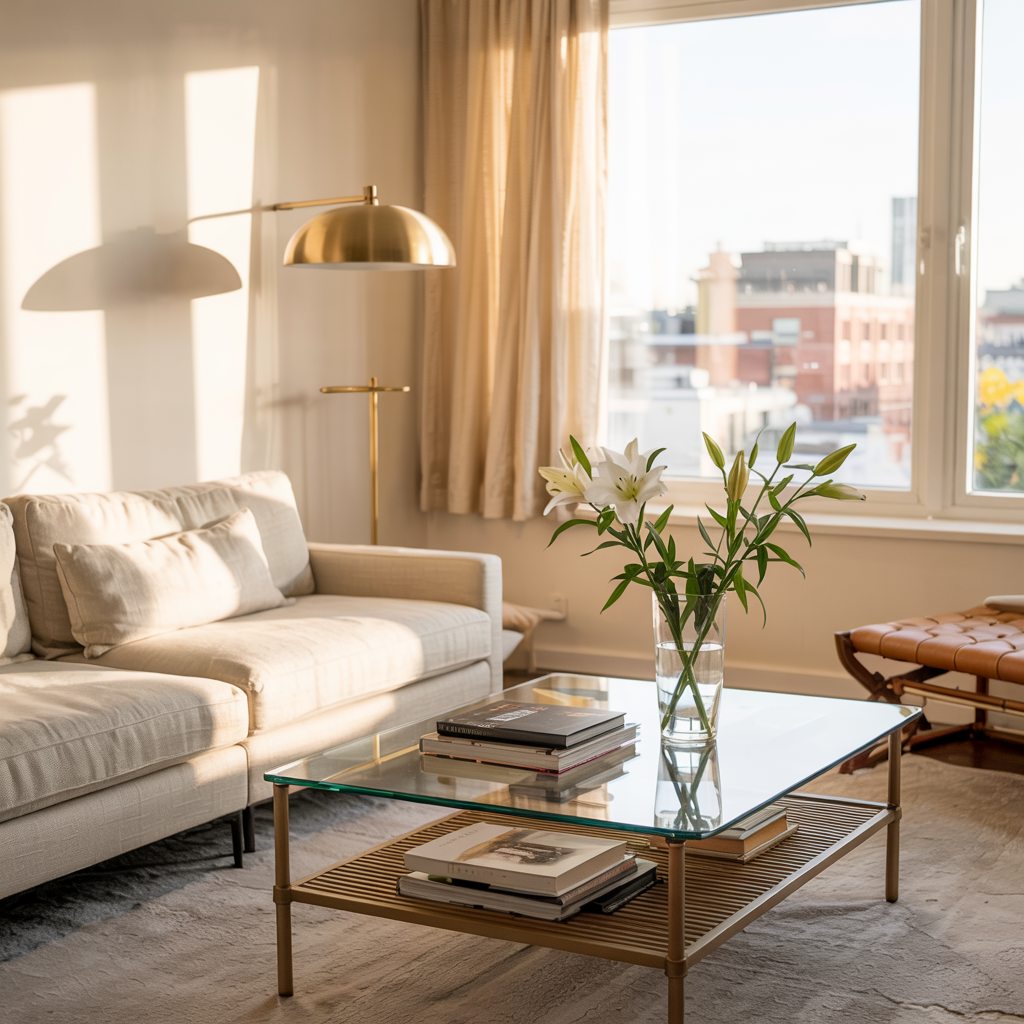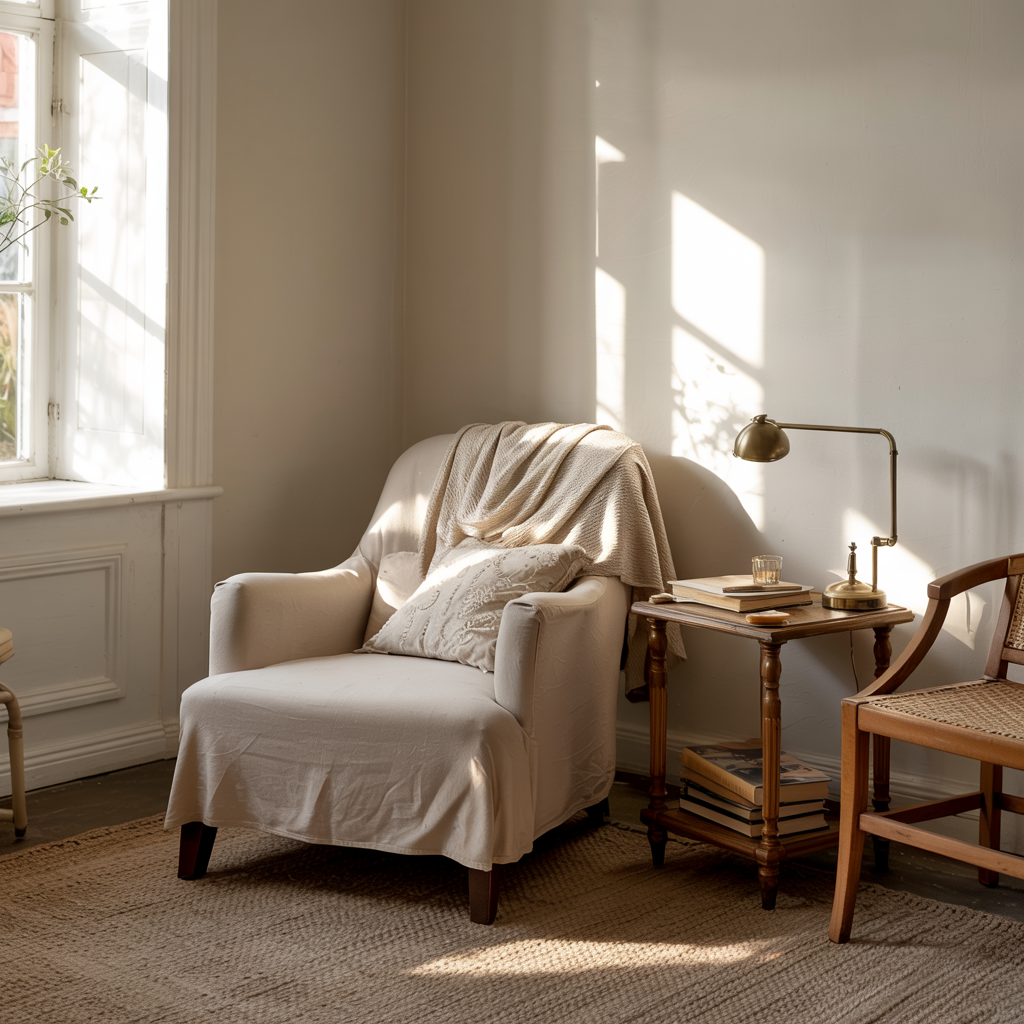How Bright Should Living Room Lighting Be? Achieving The Right Brightness
Creating the perfect ambiance in your living room hinges on many factors, but one of the most critical is lighting. How bright should living room lighting be? This comprehensive guide will help you determine the ideal brightness for your space, considering your needs, activities, and personal preferences. We’ll explore different lighting types, brightness measurement units…
Creating the perfect ambiance in your living room hinges on many factors, but one of the most critical is lighting. How bright should living room lighting be? This comprehensive guide will help you determine the ideal brightness for your space, considering your needs, activities, and personal preferences. We’ll explore different lighting types, brightness measurement units (lumens and lux), and practical tips for achieving the perfect illumination for relaxation, entertainment, and everything in between. You’ll learn about various lighting techniques, the impact of different light colors, and how to adjust lighting based on the time of day. Let’s dive in!
Understanding lumens and lux is crucial for determining the right lighting brightness. Lumens (lm) measure the total amount of light emitted by a light source, while lux (lx) measures the amount
of light falling on a surface. A 1000-lumen bulb might produce different lux levels depending on its distance from the surface and the room’s size.
How Bright Should Living Room Lighting Be?
Living room lighting should be around 1,500 to 3,000 lumens in total, depending on room size and purpose. Use ambient lighting for general brightness, task lights for reading, and accent lighting for mood. A layered approach ensures comfort, visibility, and flexibility for different activities.
The Importance of Choosing the Right Brightness

Impact on Mood and Atmosphere
Lighting directly impacts mood. Dim, warm lighting creates a cozy and relaxing atmosphere, perfect for movie nights or quiet evenings. Bright, cool lighting is better suited for tasks requiring focus, like reading or working.
Read More: 12 Bedroom Flush Mount Lighting Ideas to Brighten Your Space in Style
Factors Affecting Living Room Lighting Brightness
Room Size and Ceiling Height
Larger rooms with high ceilings require more light than smaller rooms with low ceilings. You’ll need higher lumen bulbs or multiple light sources to ensure adequate illumination.
Wall Color and Decor
Dark-colored walls absorb more light, making the room appear dimmer. Conversely, light-colored walls reflect light, enhancing the perceived brightness. Decorative elements like rugs and furniture can also affect light reflection.
Activity and Purpose of the Room
The purpose of your living room significantly influences lighting needs. For a living room primarily used for relaxation, dimmer lighting is sufficient. However, if you often read or work in the living room, you’ll need brighter, task-oriented lighting.
Read More: Illuminating Your Space: How Much Lighting for a Room Do You Need?
Different Types of Living Room Lighting

Ambient Lighting
Ambient lighting provides general illumination. Examples include recessed lighting, ceiling fixtures, and floor lamps. They establish the overall brightness of the room.
Task Lighting
Task lighting illuminates specific areas for focused activities. Desk lamps, reading lamps, and pendants over kitchen areas are examples. They offer direct, bright light for activities like reading or cooking.
Accent Lighting
Accent lighting highlights architectural features or decorative elements. Track lighting, picture lights, and strategically placed spotlights create visual interest and depth. This enhances the aesthetic of the room.
Determining the Ideal Brightness Level
Recommended Lumens per Square Foot
A general guideline is 1.5 – 3 lumens per square foot for ambient lighting in living rooms. However, this is just a starting point; your actual needs may vary based on the factors discussed above.
Using a Lux Meter
For precise measurement, use a lux meter. This device measures the amount of light falling on a surface, giving you an accurate reading of the brightness in lux.
Trial and Error
Experiment with different brightness levels to find what you prefer. Start with a lower level and gradually increase it until you find the sweet spot for different activities.
Layering Lighting for a Multi-Dimensional Effect
Combining Ambient, Task, and Accent Lighting
Layering lighting techniques offer versatility and control. Combining ambient, task, and accent lighting allows you to tailor the brightness for various moods and activities.
Dimmers and Smart Lighting
Dimmers provide flexibility by allowing you to adjust brightness levels according to your needs. Smart lighting systems offer even more advanced control, with features like automated schedules and remote operation.
Color Temperature and its Impact
Kelvin Scale Explained
Color temperature is measured in Kelvin (K). Lower Kelvin values (2700K-3000K) produce warm, yellowish light, while higher values (5000K-6500K) produce cool, bluish light.
Choosing the Right Color Temperature for Your Living Room
Warm light is generally preferred for living rooms as it creates a more inviting and relaxing atmosphere. However, cool light can be suitable for task-oriented areas.
Common Mistakes to Avoid
Over-Illumination
Too much bright light can be harsh and uncomfortable. Aim for a balanced, comfortable brightness level instead of excessively bright lighting.
Poor Light Distribution
Uneven light distribution can create shadows and dark spots. Use multiple light sources to ensure even illumination throughout the room.
Choosing the Right Light Bulbs
LED, CFL, and Incandescent Bulbs
LED bulbs are energy-efficient and long-lasting. CFL bulbs are also energy-efficient but contain mercury. Incandescent bulbs produce warm light but are less energy-efficient.
Choosing the Right Bulb Wattage
Wattage indicates power consumption, not brightness. Use lumens to determine the appropriate brightness.
How to Optimize Your Living Room Lighting Setup
Strategic Placement of Lights
Consider the placement of light sources carefully to maximize light distribution and minimize shadows. Experiment with different positions to find what works best.
Using Mirrors to Enhance Light Reflection
Strategically placed mirrors can help to reflect light, making the room appear brighter.
Frequently Asked Questions
What is the ideal lux level for a living room?
The ideal lux level for a living room depends on the activity. For relaxing, 50-100 lux is sufficient. For reading or working, you’ll want 300-500 lux or more.
How many lumens do I need for a 15×20 foot living room?
For a 300 square foot living room, you’ll need approximately 450-900 lumens of ambient lighting, depending on your desired brightness and ceiling height. Consider adding task and accent lighting for a total higher lumen count.
Can I use only one type of lighting in my living room?
No, relying on only one type of lighting limits your options for creating different moods and supporting various activities. A layered approach combining ambient, task, and accent lighting is recommended.
How do I measure the brightness of my current lighting?
A lux meter provides a precise measurement of light levels. Alternatively, you can use online calculators that estimate light requirements based on room size and bulb type.
What is the best color temperature for a living room?
Warm white (2700K-3000K) is generally preferred for living rooms, creating a cozy and relaxing atmosphere.
How can I improve the light distribution in my living room?
Use multiple light sources strategically placed throughout the room to prevent shadows and dark spots. Add lamps, uplights, or wall sconces to complement your existing lighting.
Final Thoughts
Achieving the perfect living room lighting involves more than just picking a bright bulb. Understanding lumens, lux, color temperature, and different lighting types is crucial for creating a space that’s both functional and aesthetically pleasing. By carefully considering room size, activity, and personal preferences, you can create a living room that’s perfectly illuminated for every occasion, from relaxing movie nights to lively gatherings. Remember to experiment, adjust, and refine your lighting setup until you’ve achieved the ideal brightness and ambiance for your home. Don’t hesitate to use online resources, consult with lighting professionals, or simply try different approaches to find what best suits your living space and personal style.

